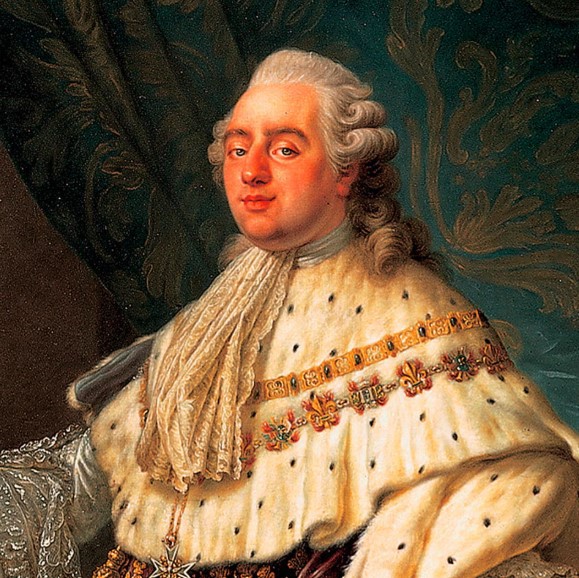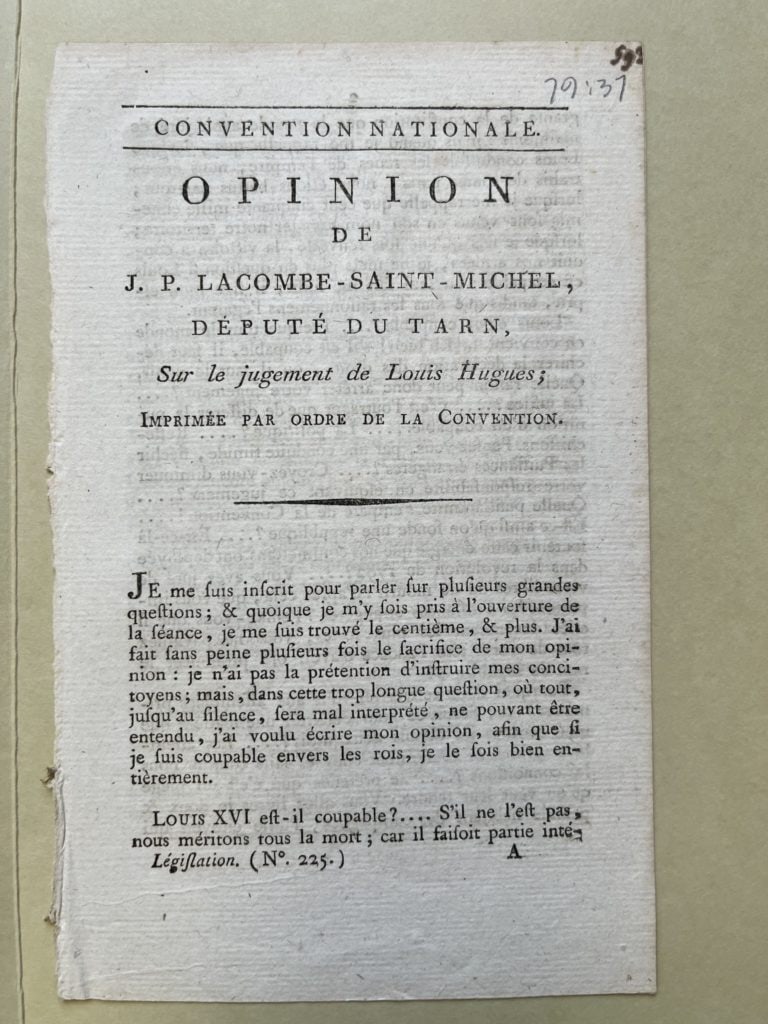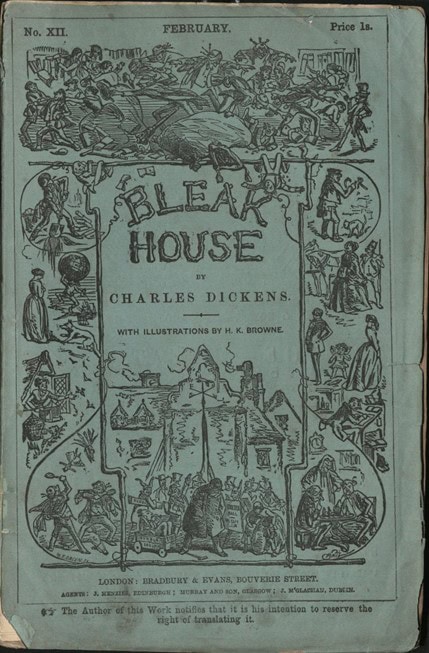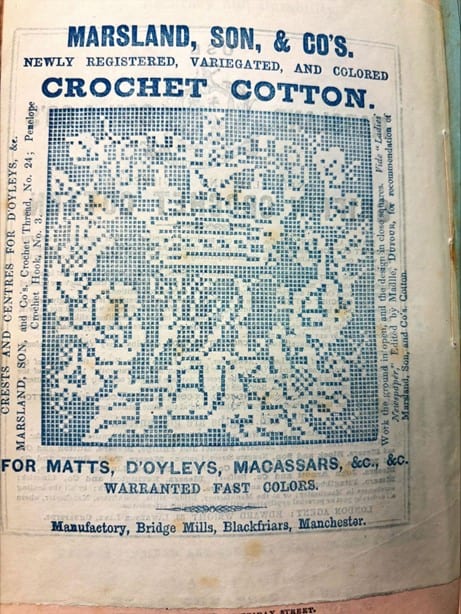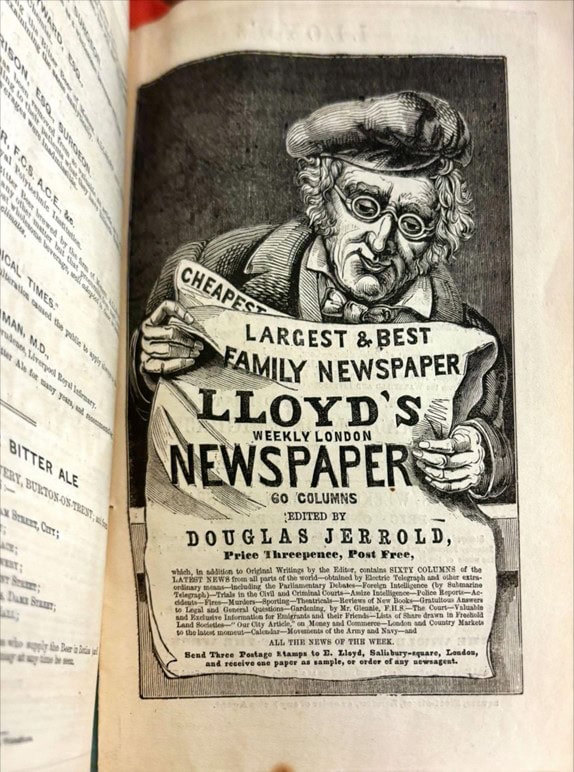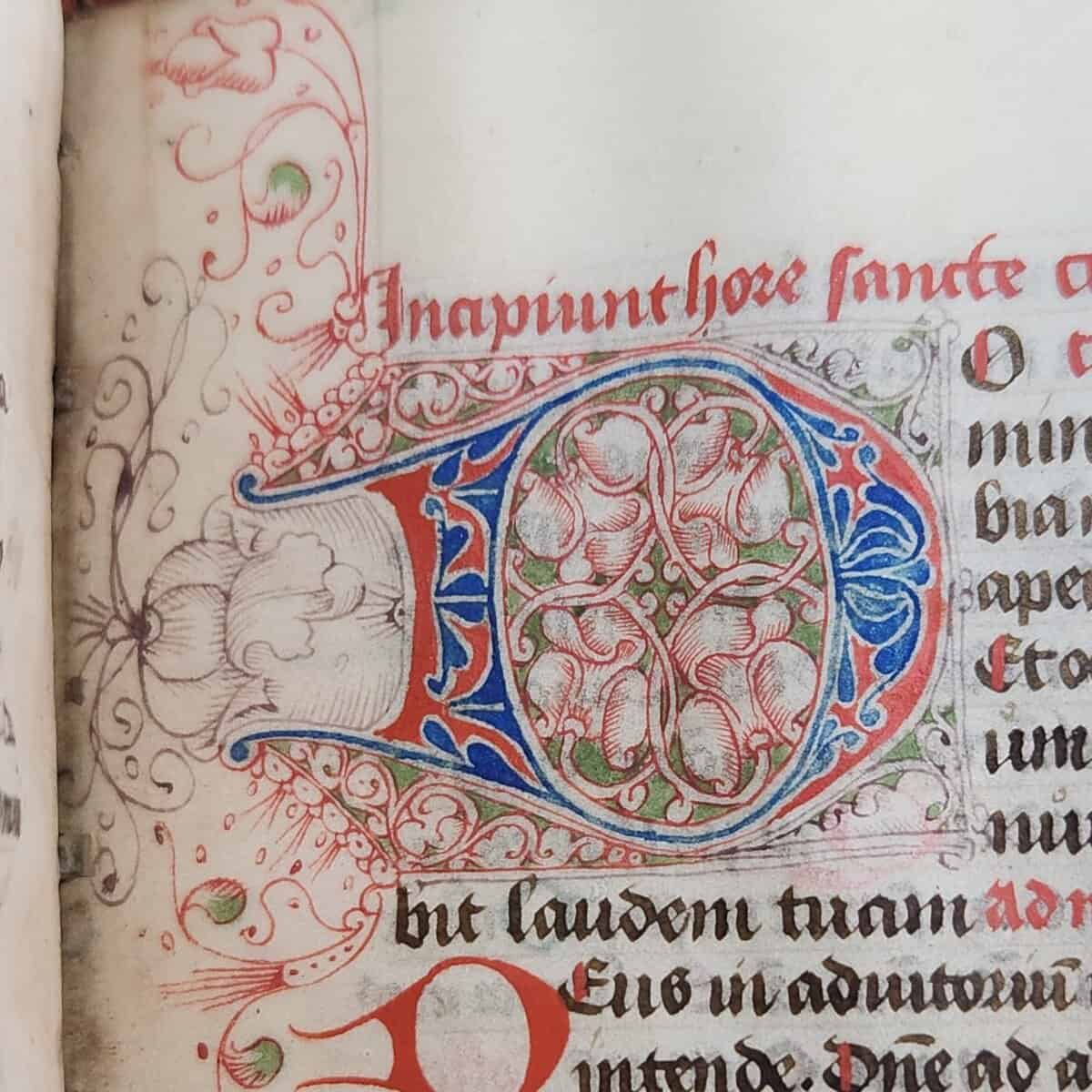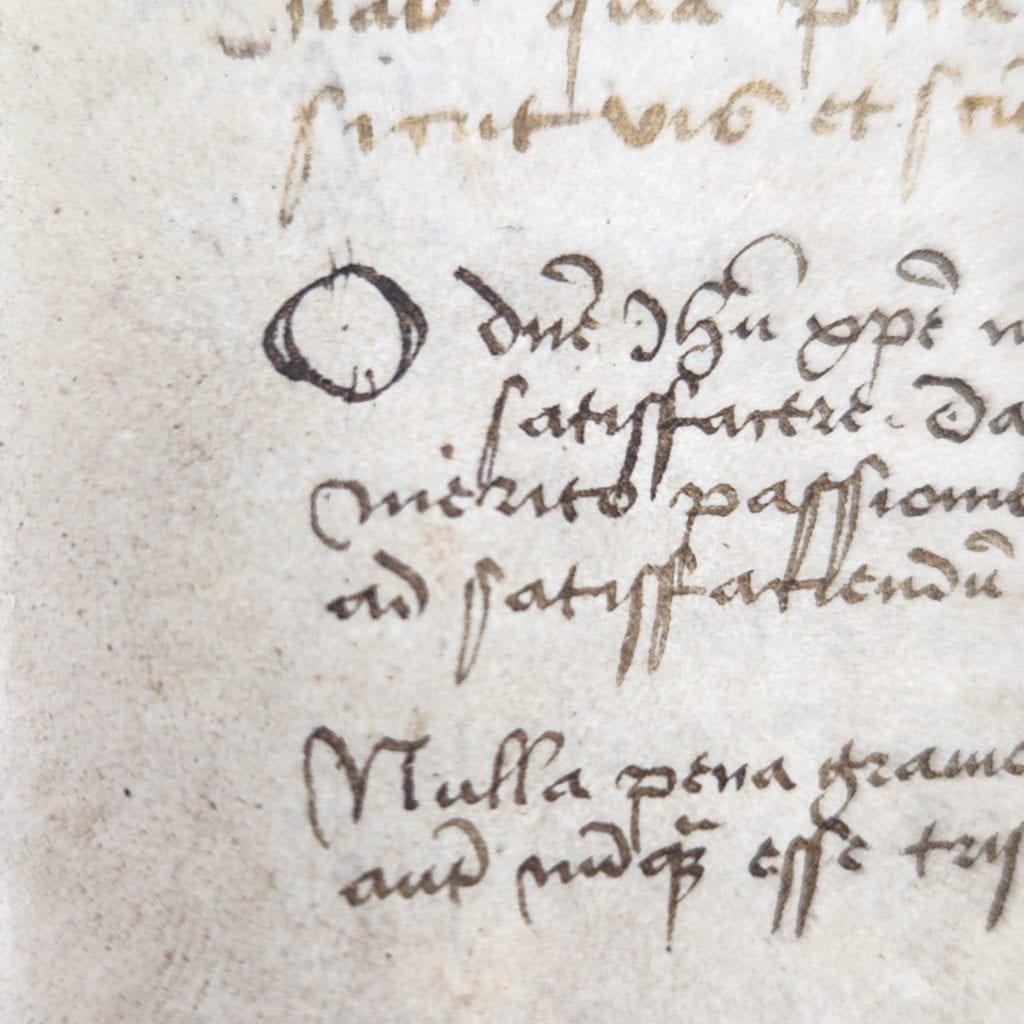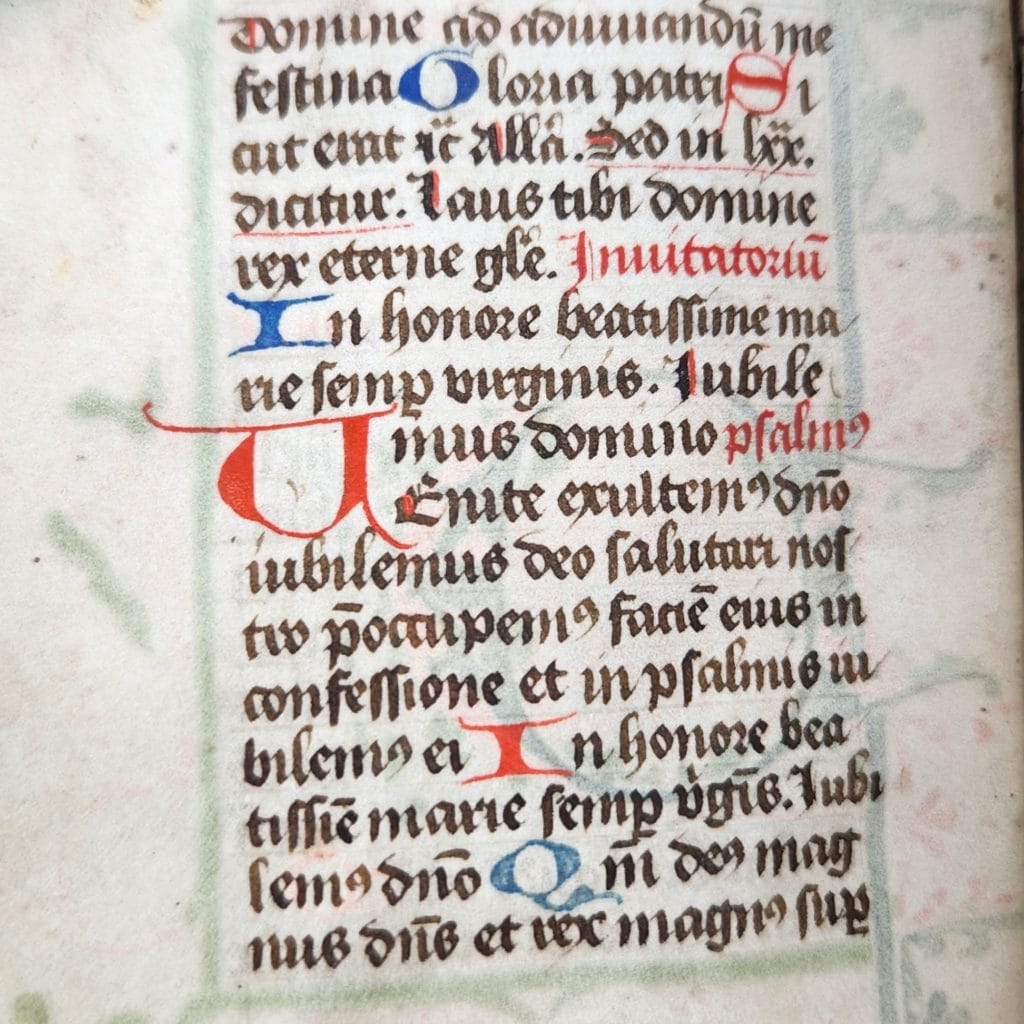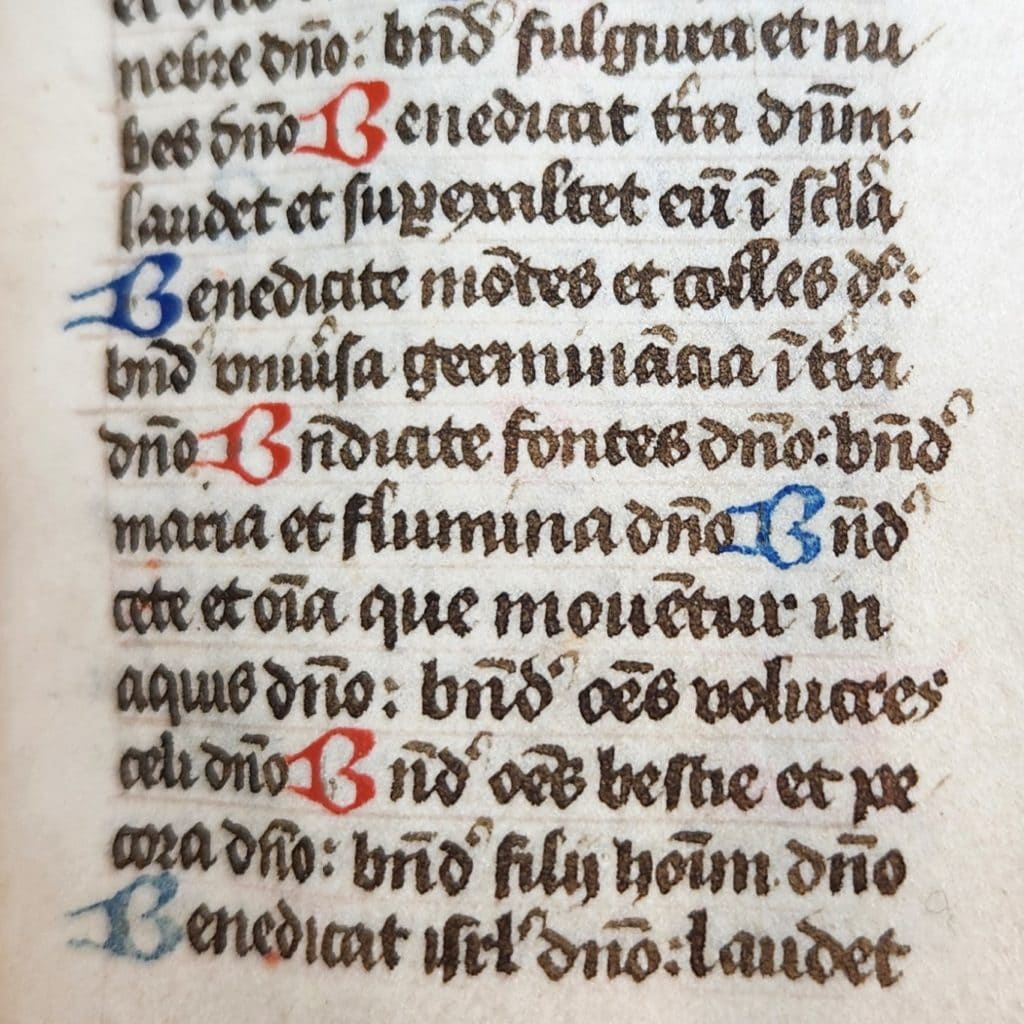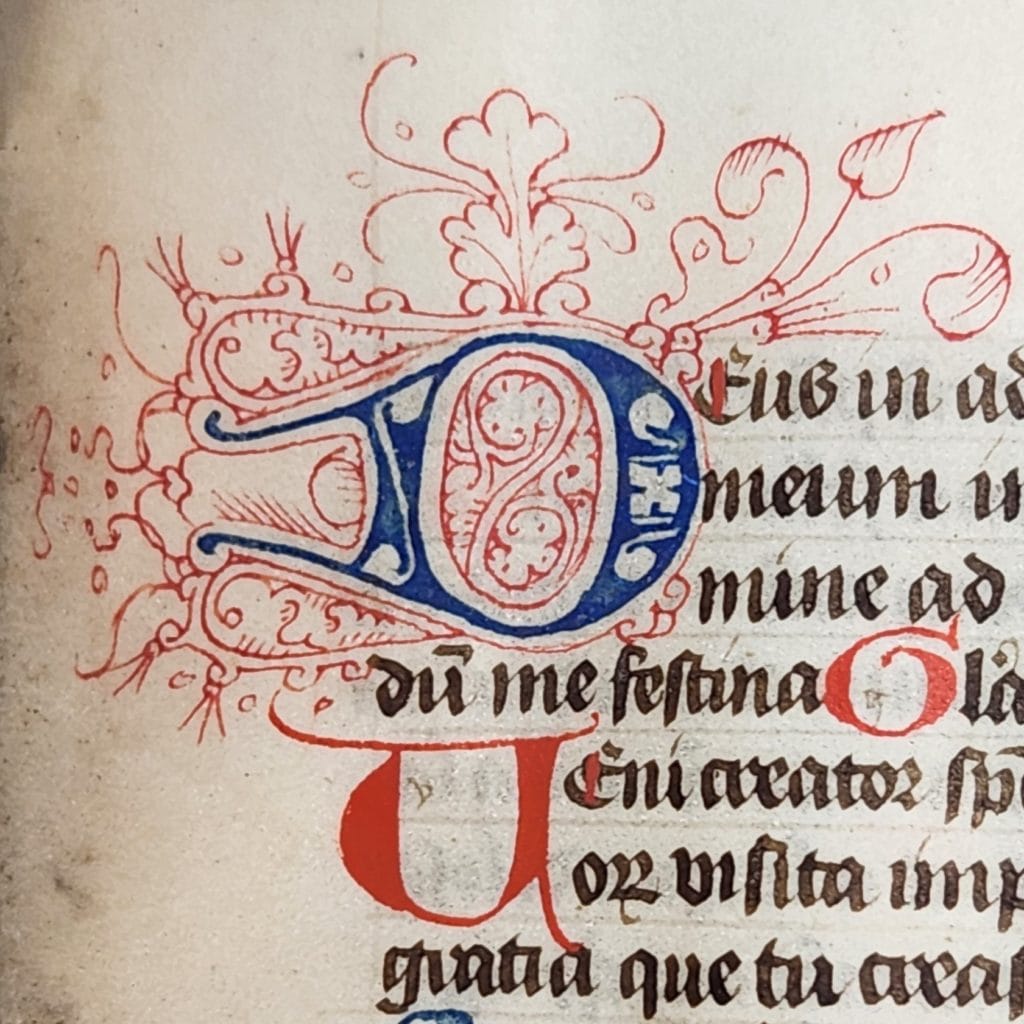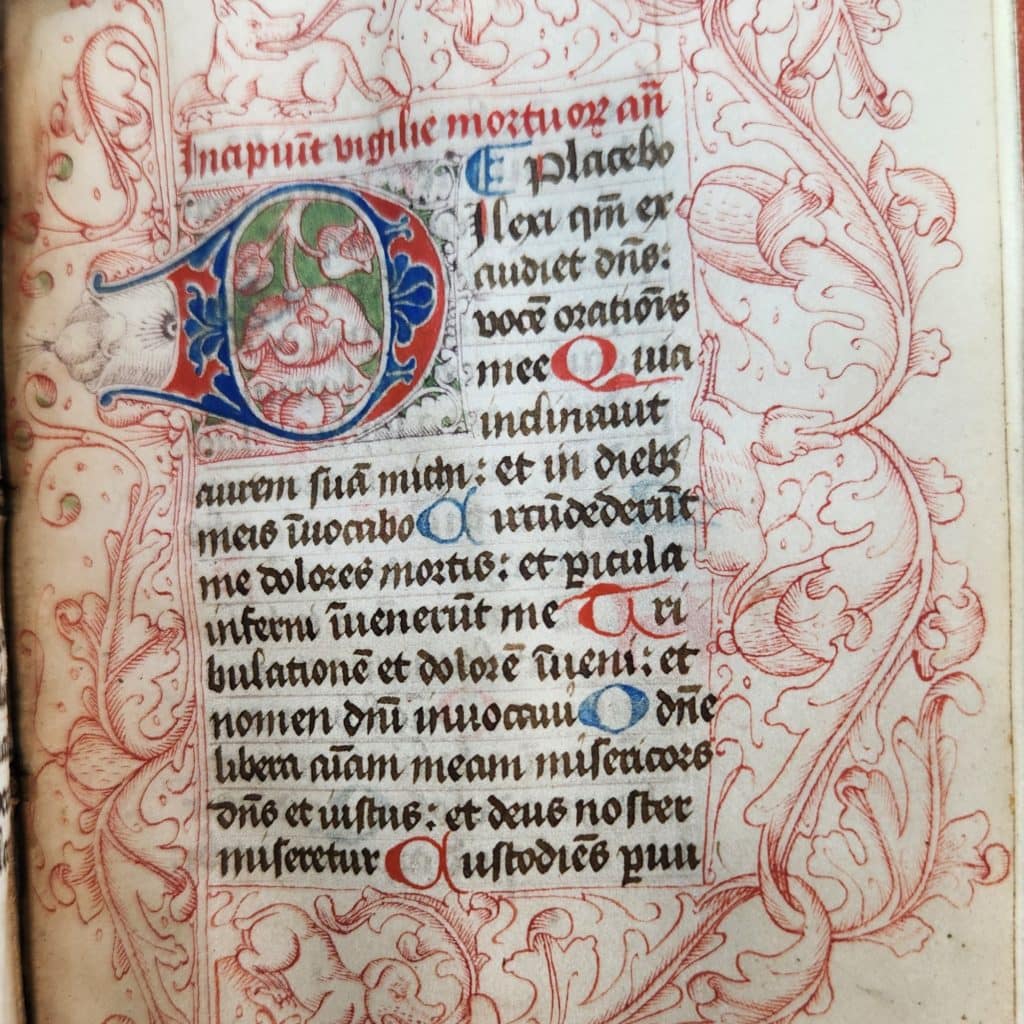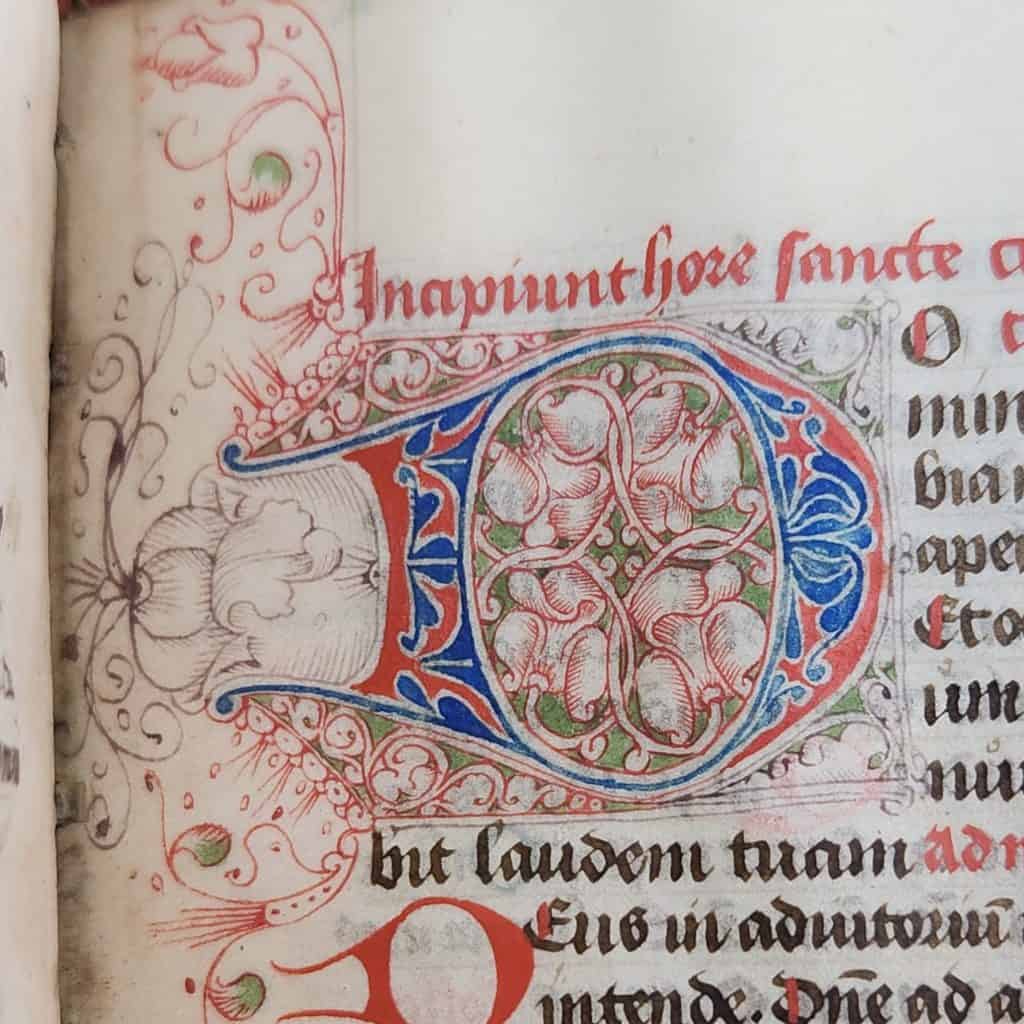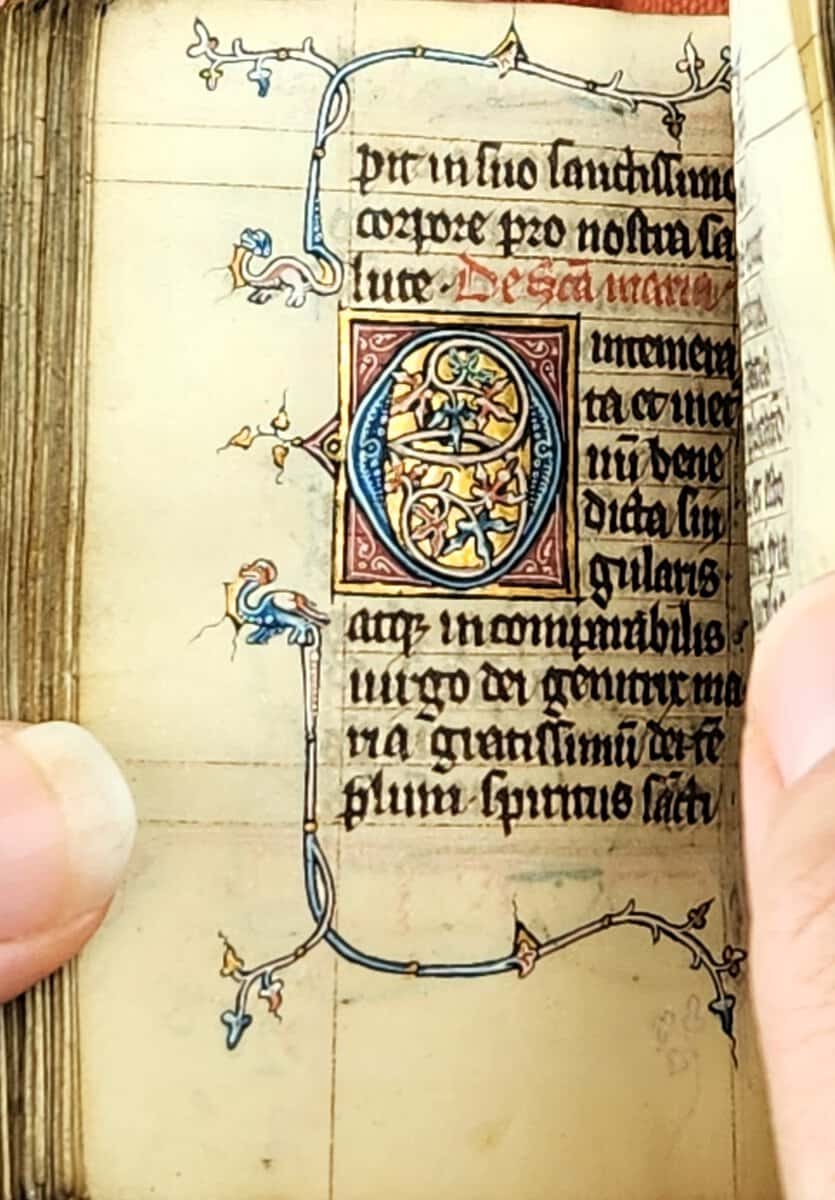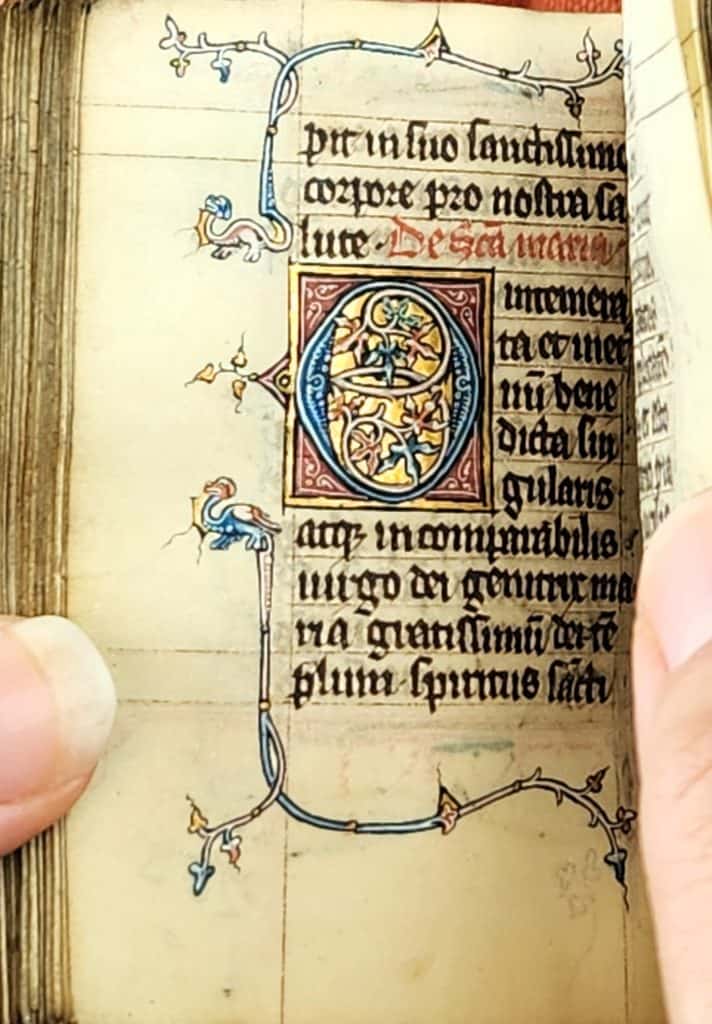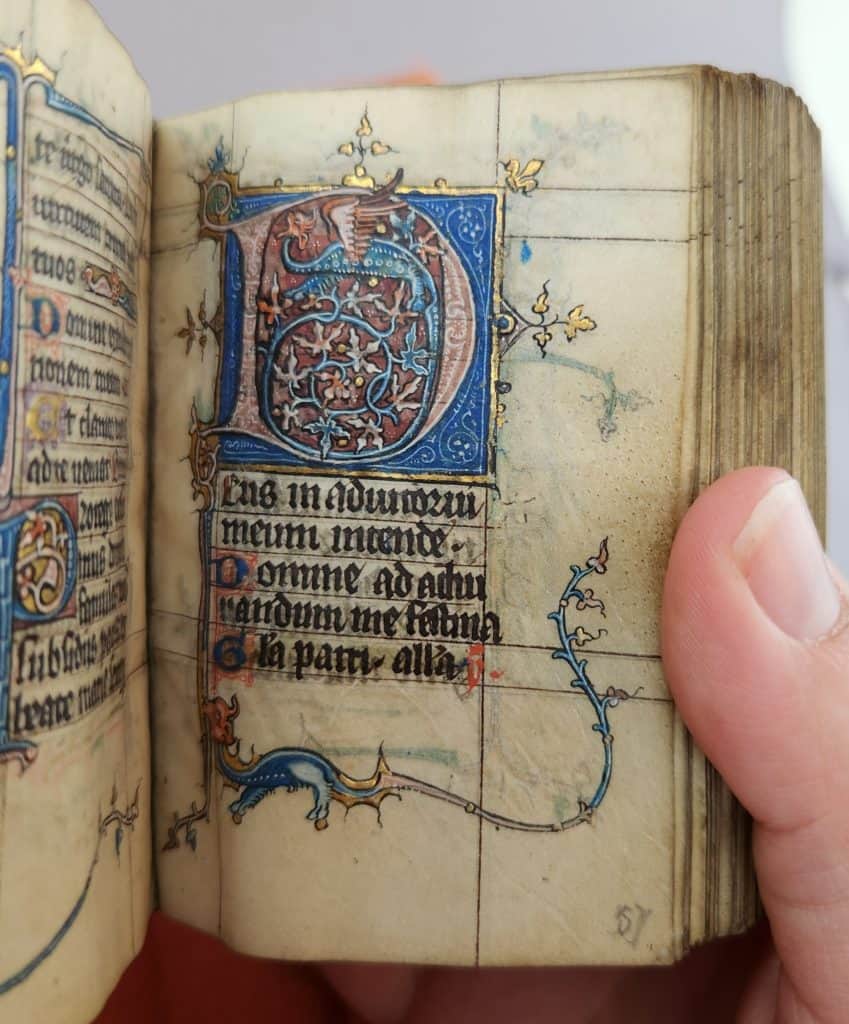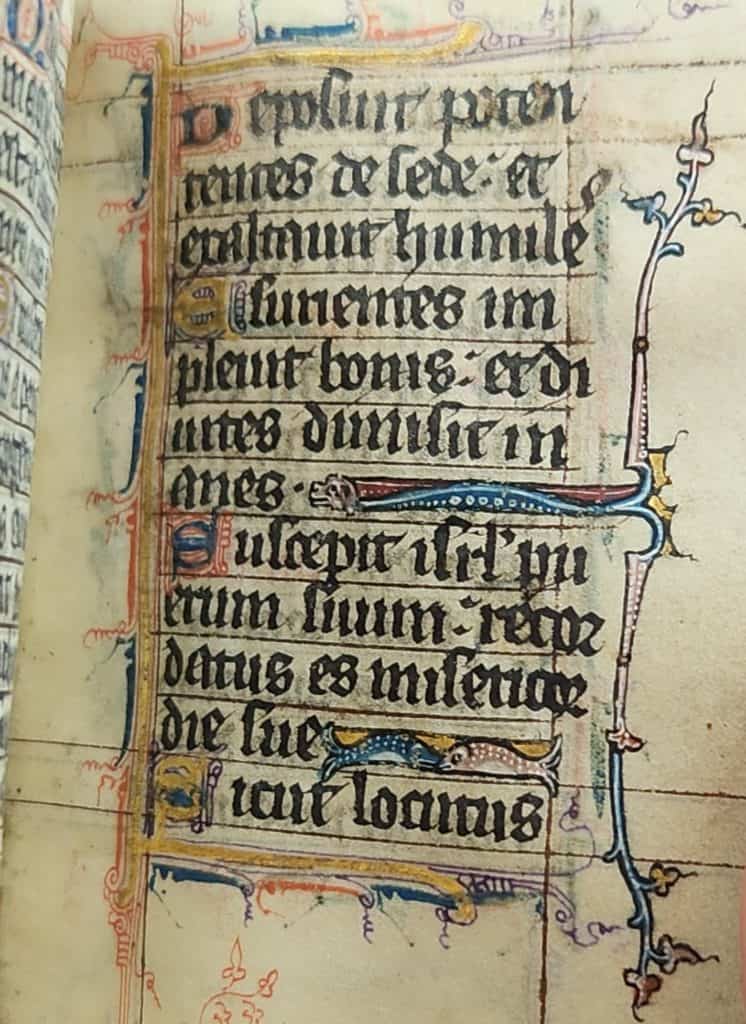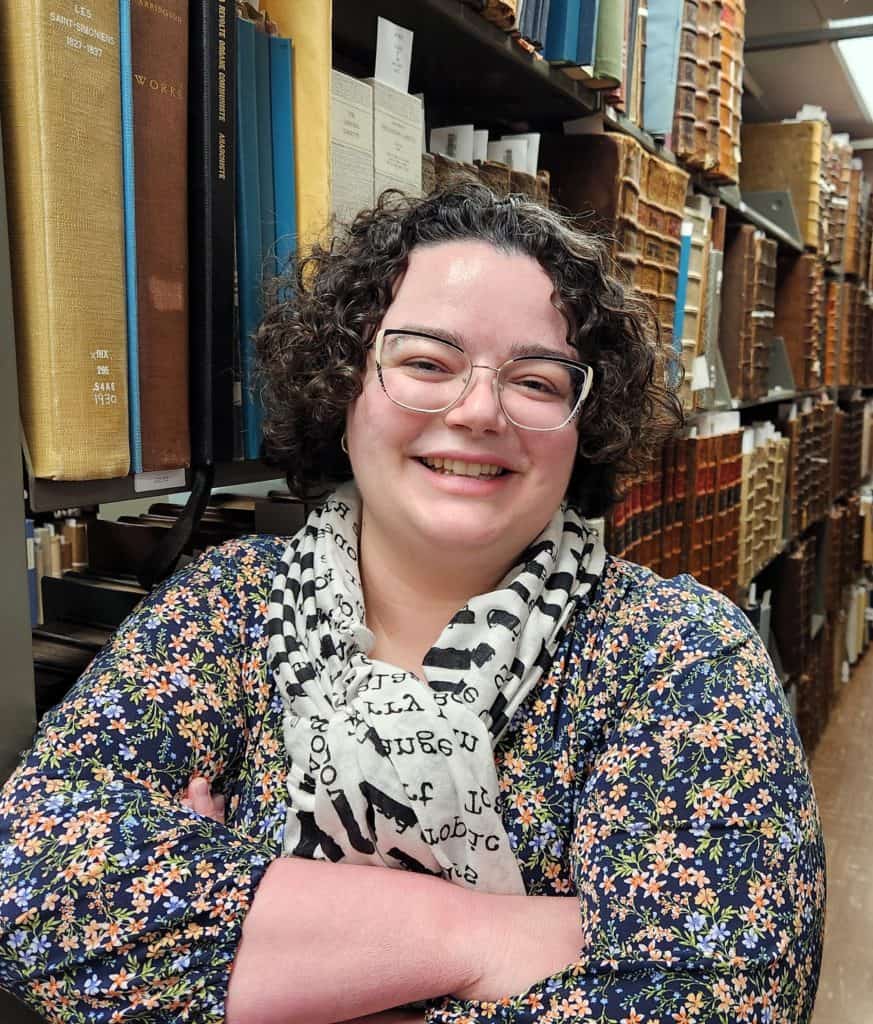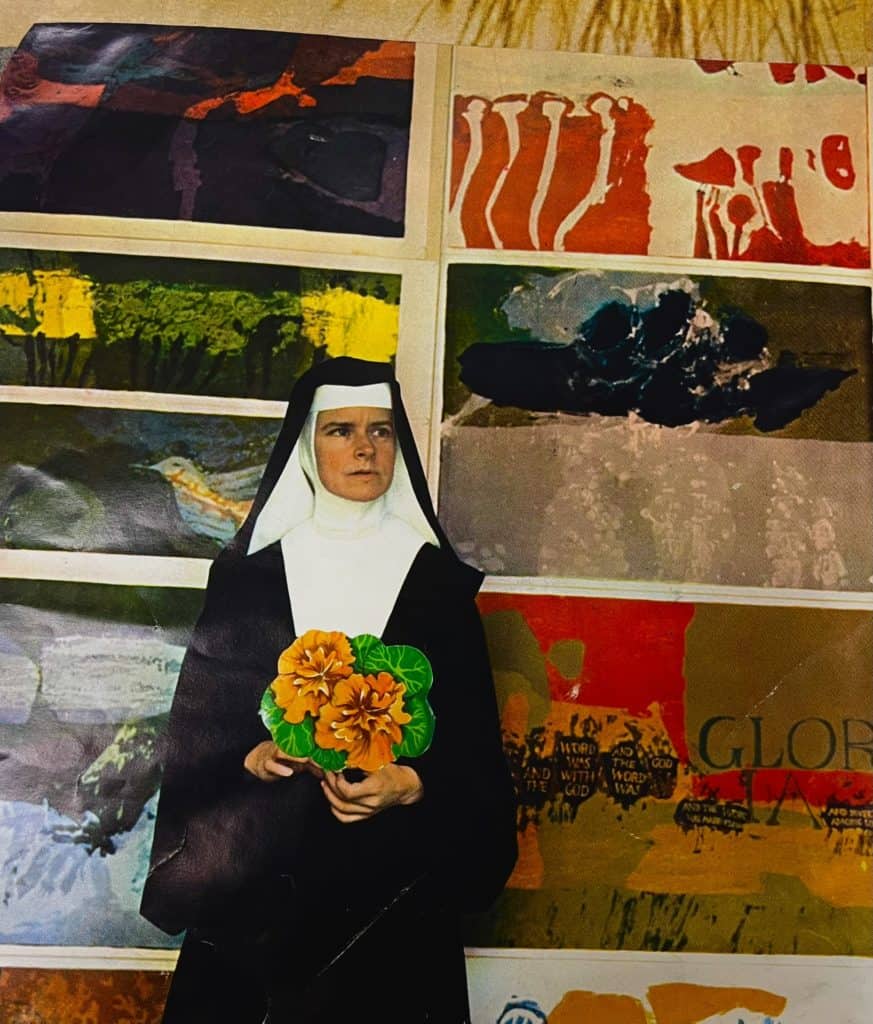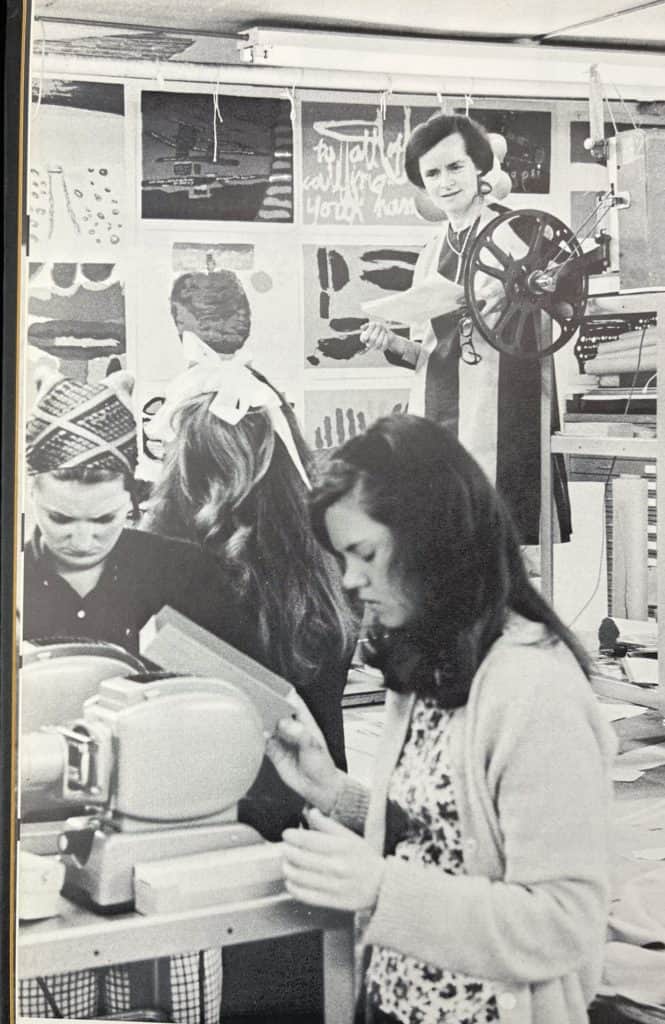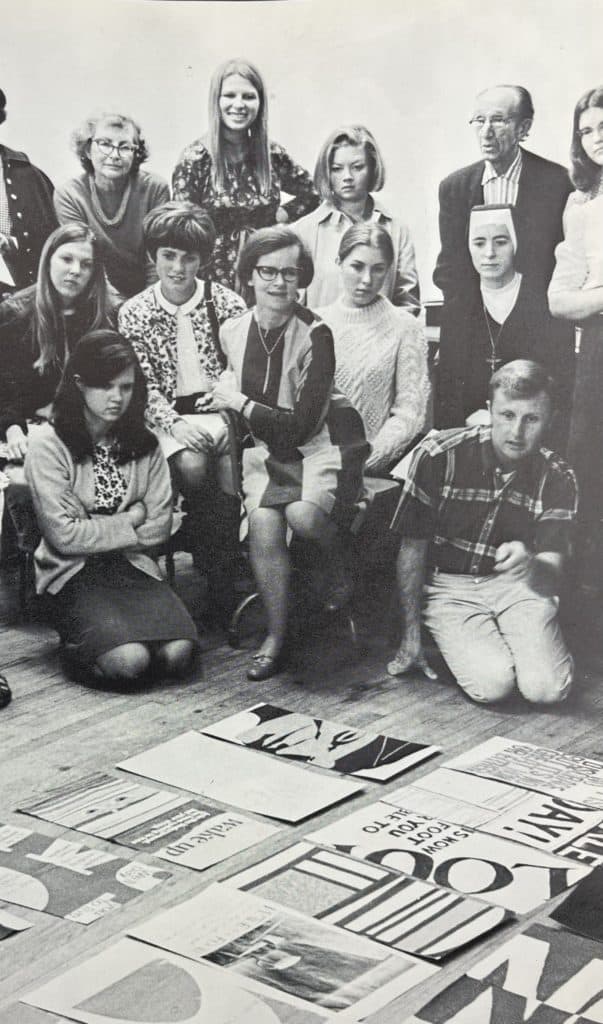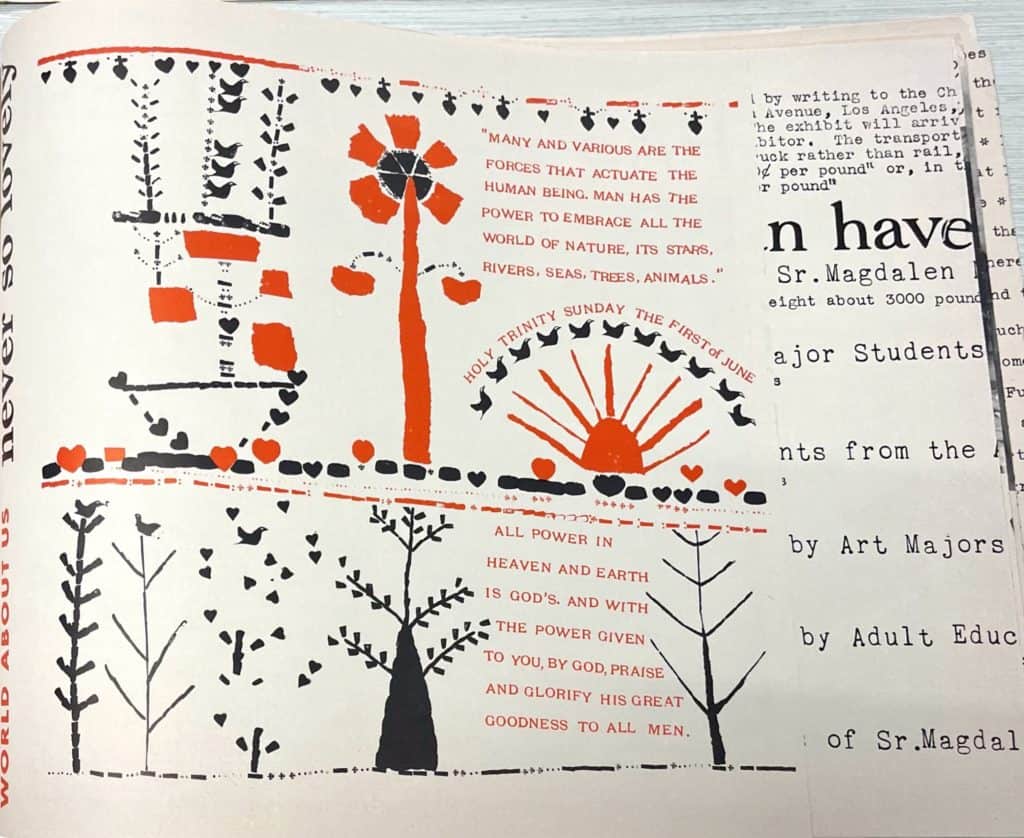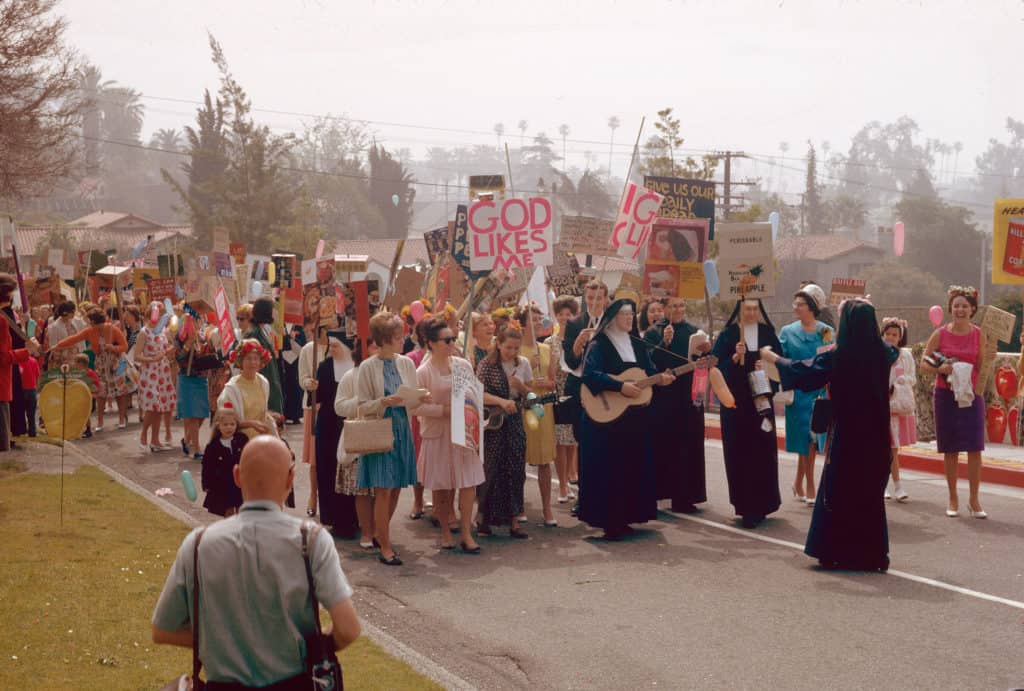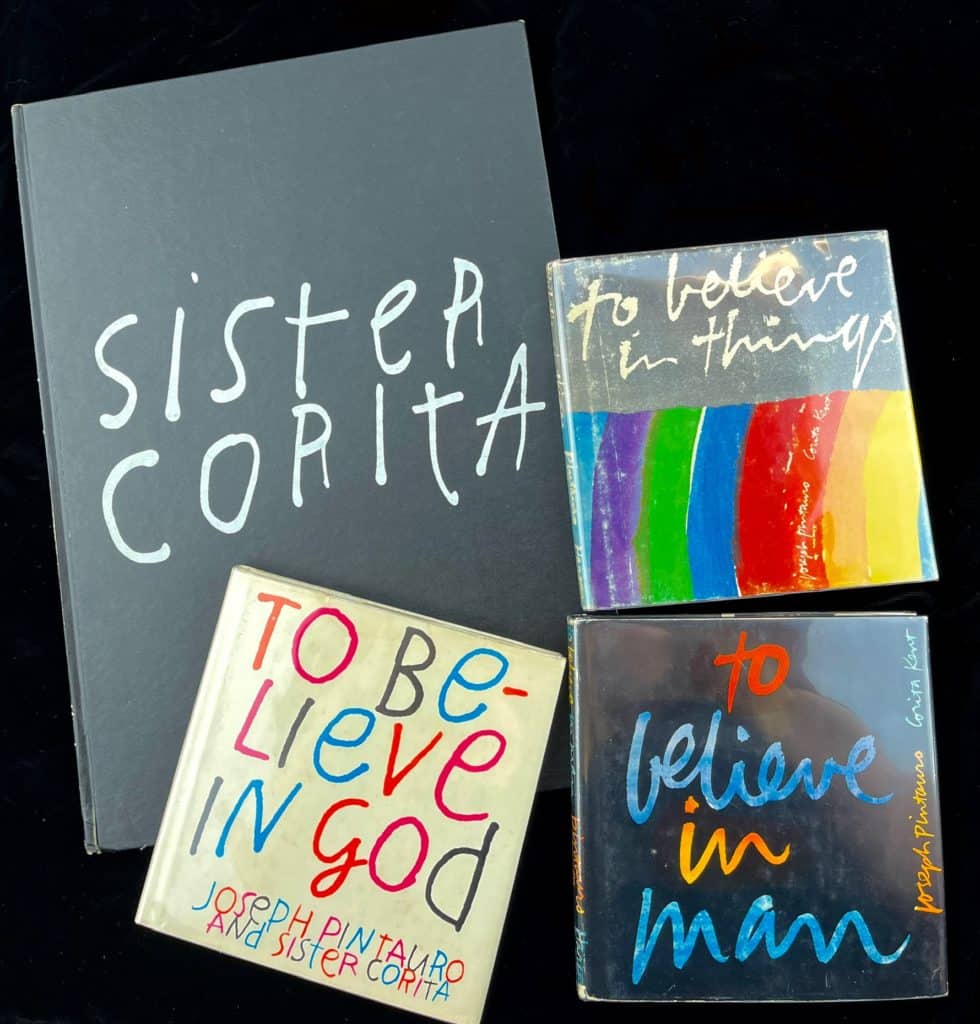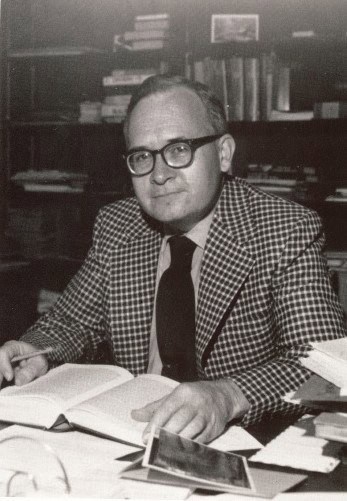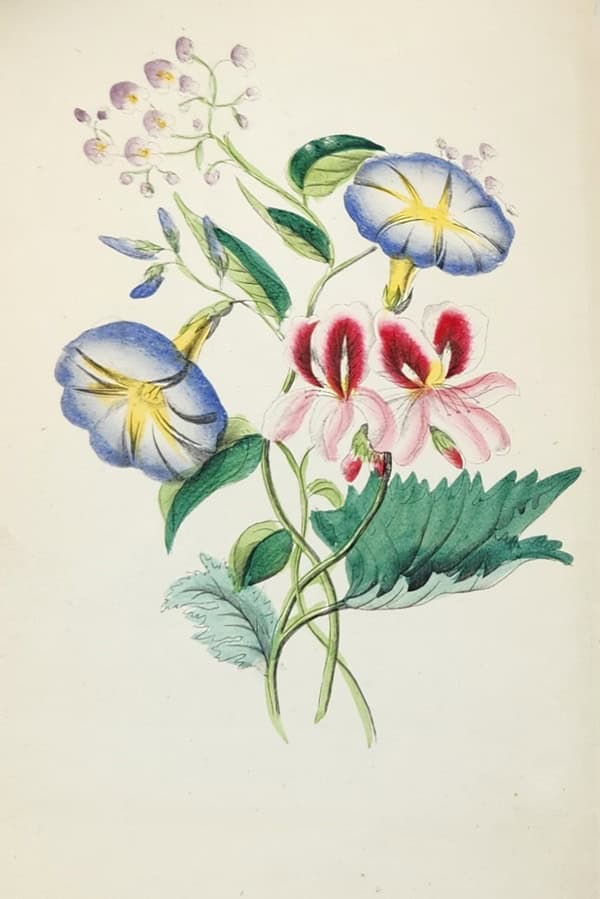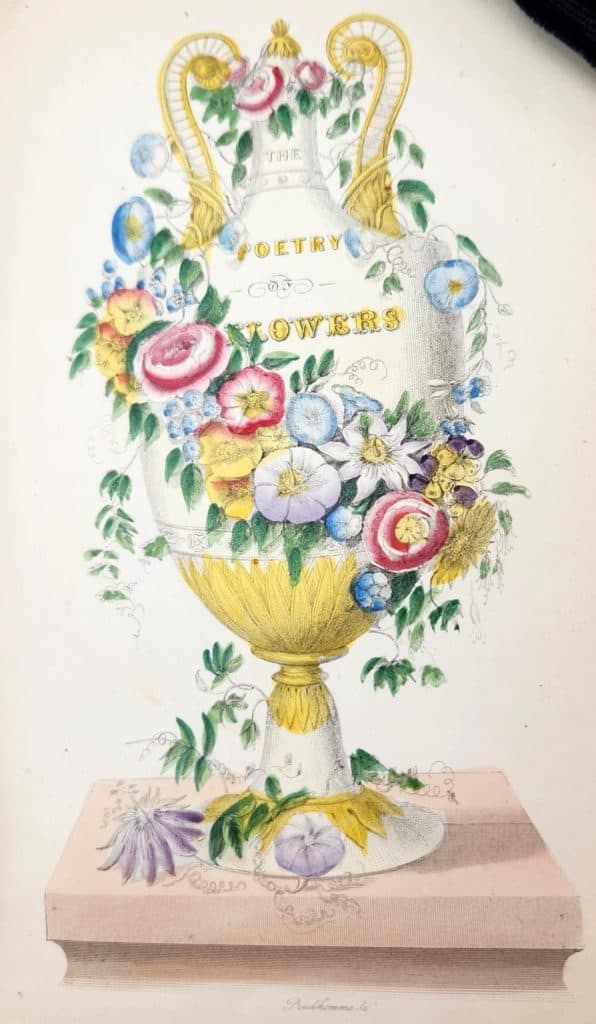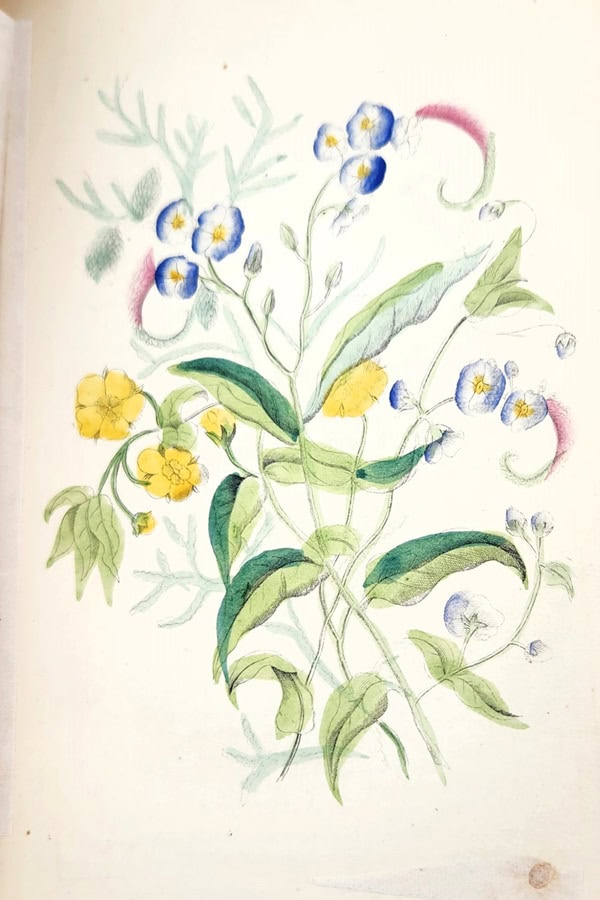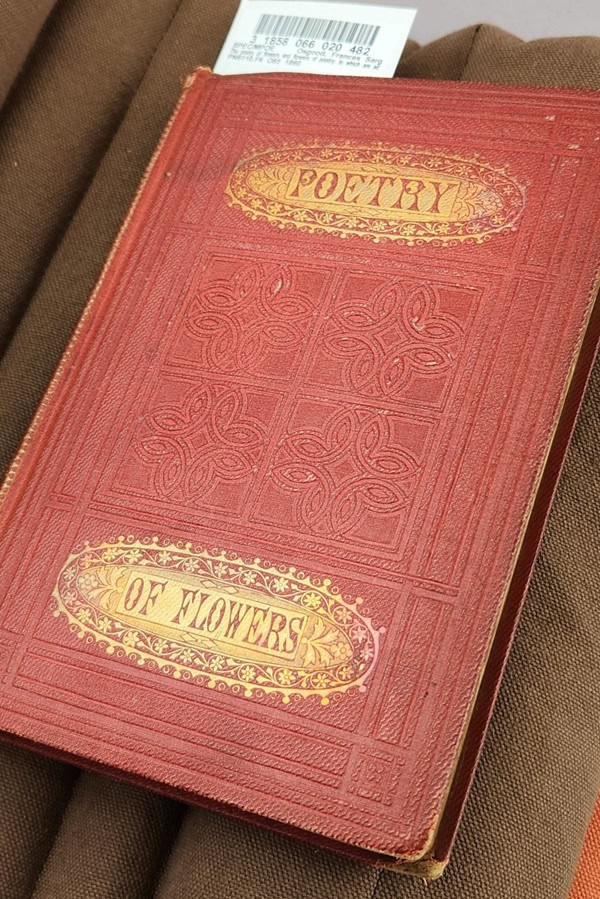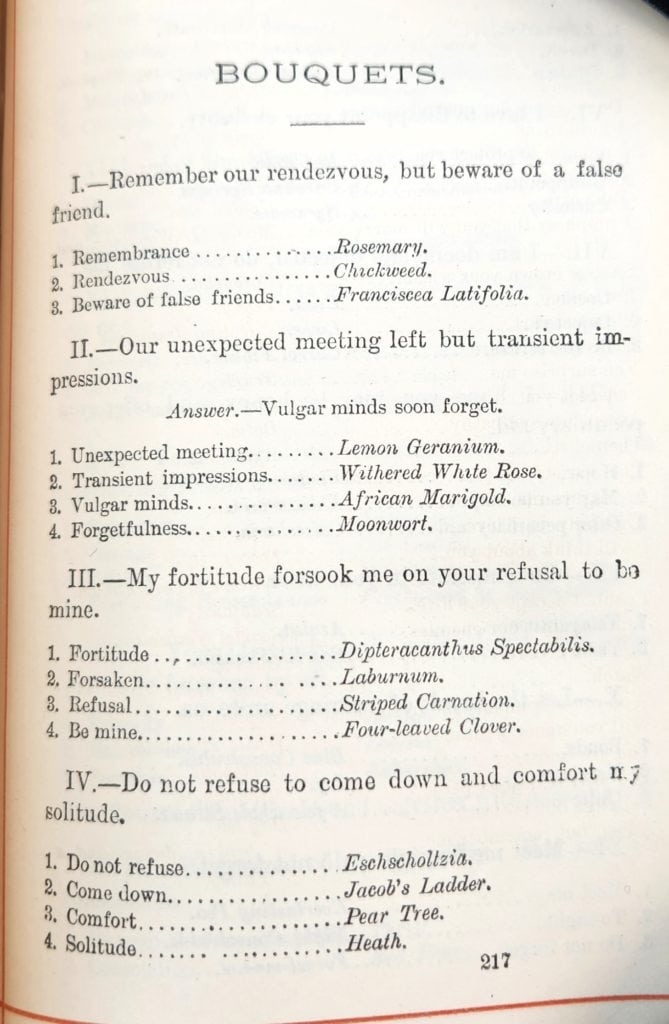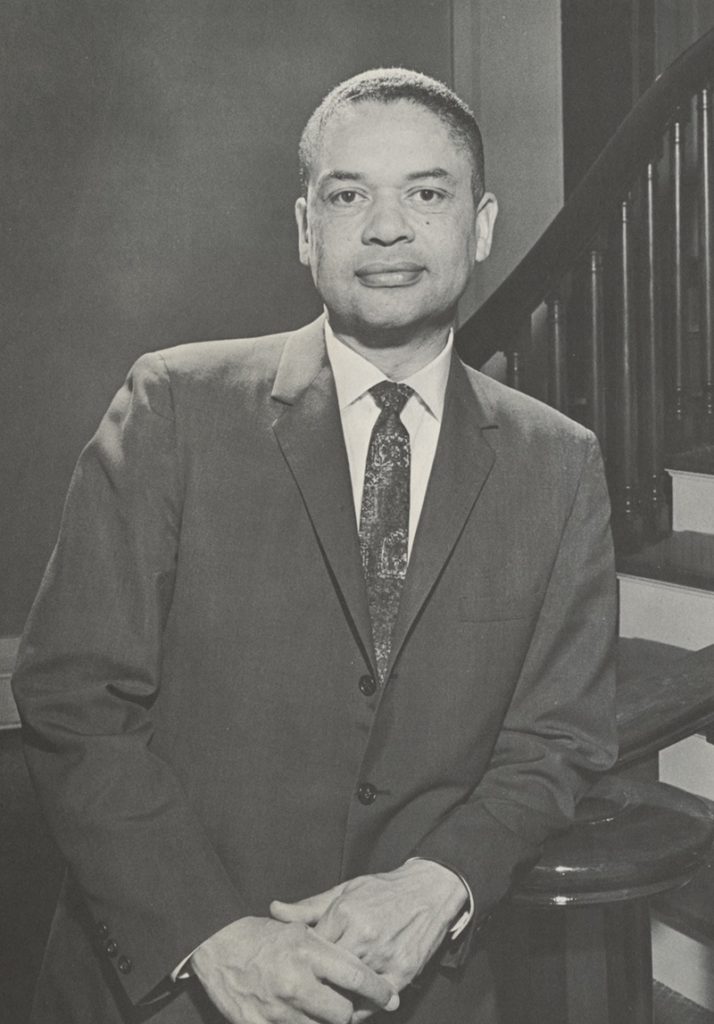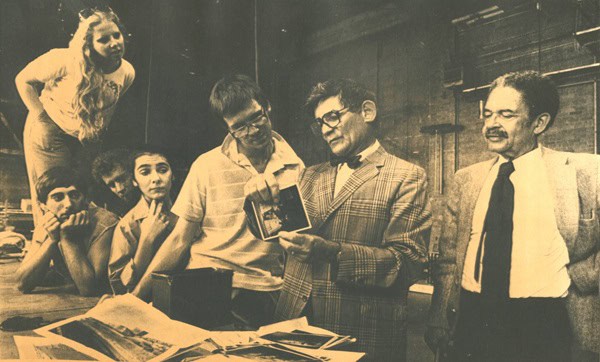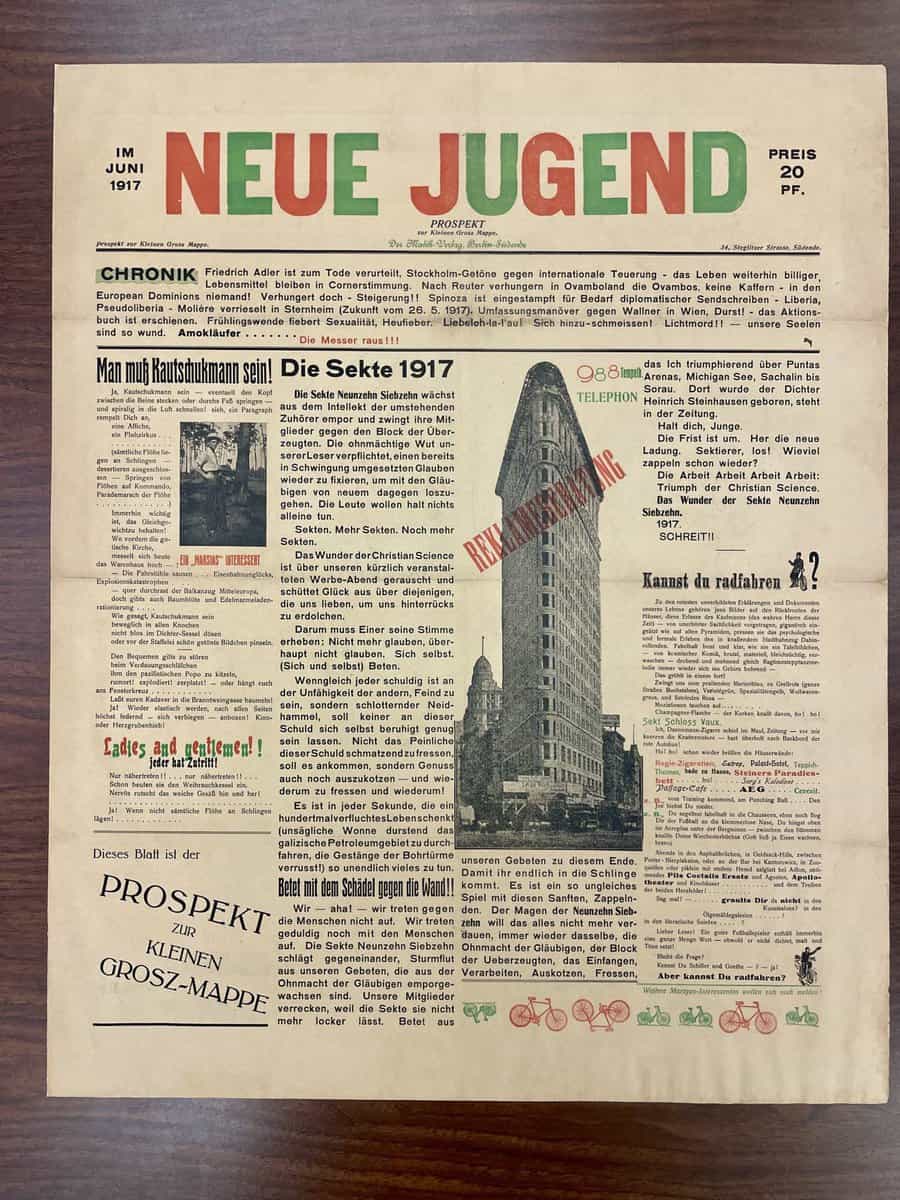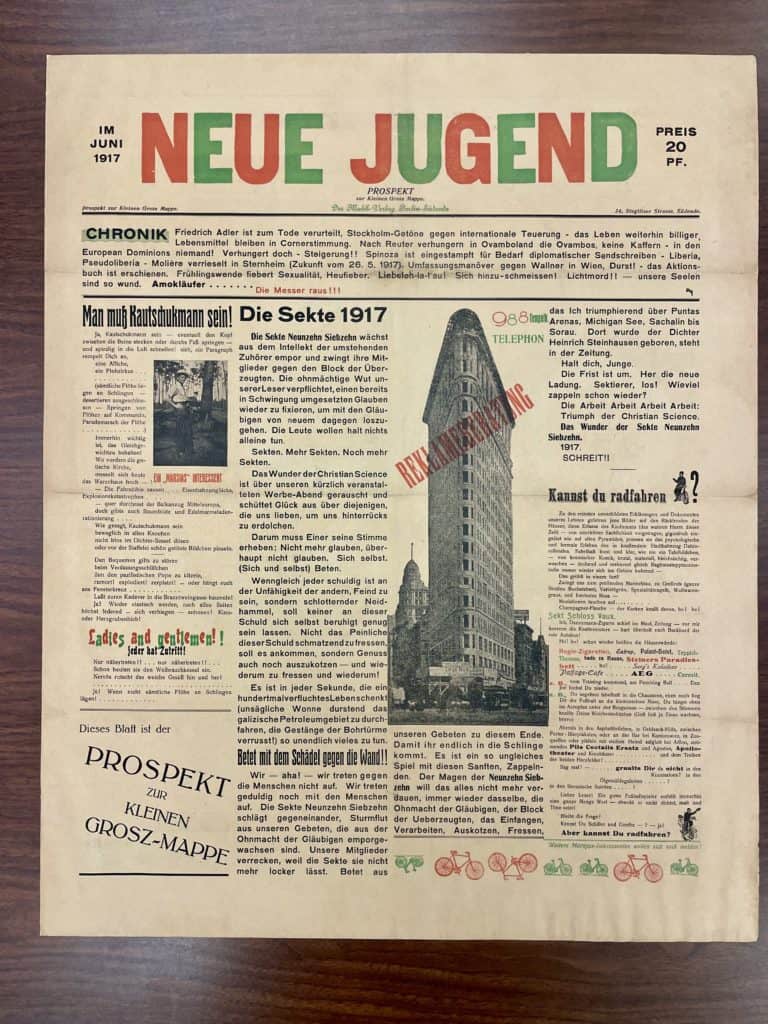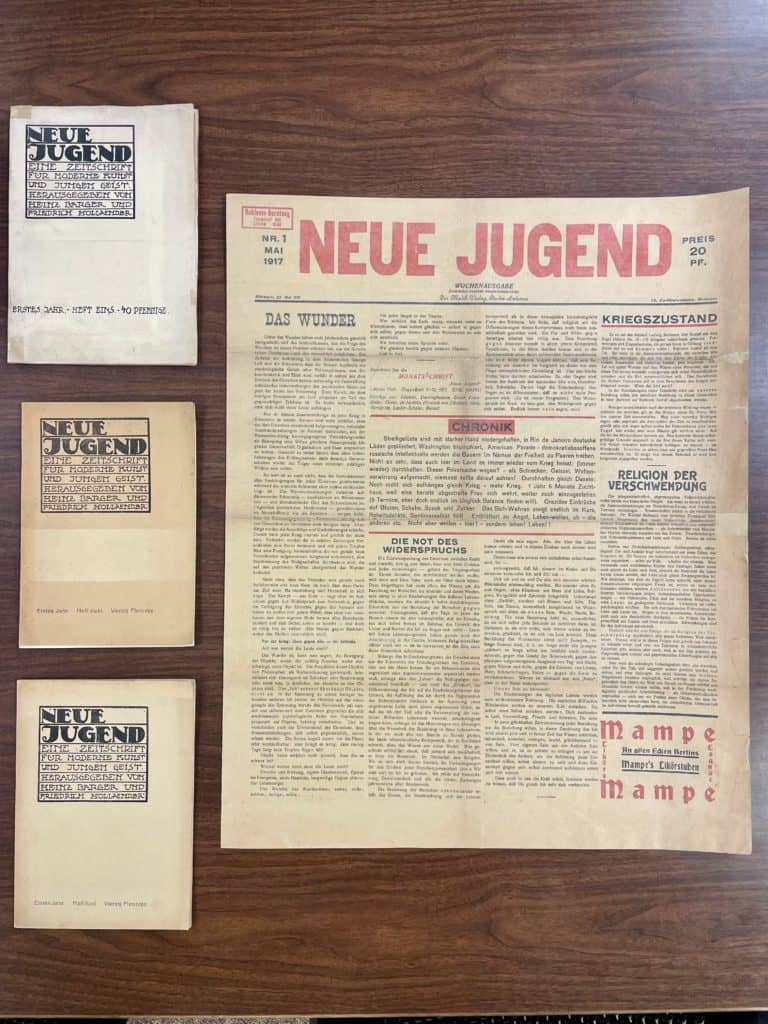The following is written by Libraries student employee Brianna Bowers.
The few short months from the fall of 1792 to January 1793, in which heated debate and a final vote decided that Louis XVI would be guillotined, held centuries of progress. Our world would not be recognizable without the French Revolution. The University of Iowa has thousands of pamphlets from this exciting, tumultuous period, and many of the pamphlets are still being processed. As a student worker in Special Collections and Archives, I am currently taking down the information on each pamphlet to upload them into InfoHawk+, and I have come across some interesting things along the way. The collection of speeches given at the National Convention, debating what to do about Louis XVI, has no standardized way to refer to the man on trial. As his royal title was thrown into uncertainty, new names abounded. Below are 10 names that delegates called their ex-king, from clever to boring and from ruthless to obvious, ranked from awesome to awful.
Louis le dernier [Louis the Last]
This is alliterative in English—“Louis the Last.” It seems like the French had enough by their sixteenth Louis. Louis le dernier wasn’t actually the last king Louis, but the effect of calling him “the last” did implicitly condemn the following reigns as illegitimate.
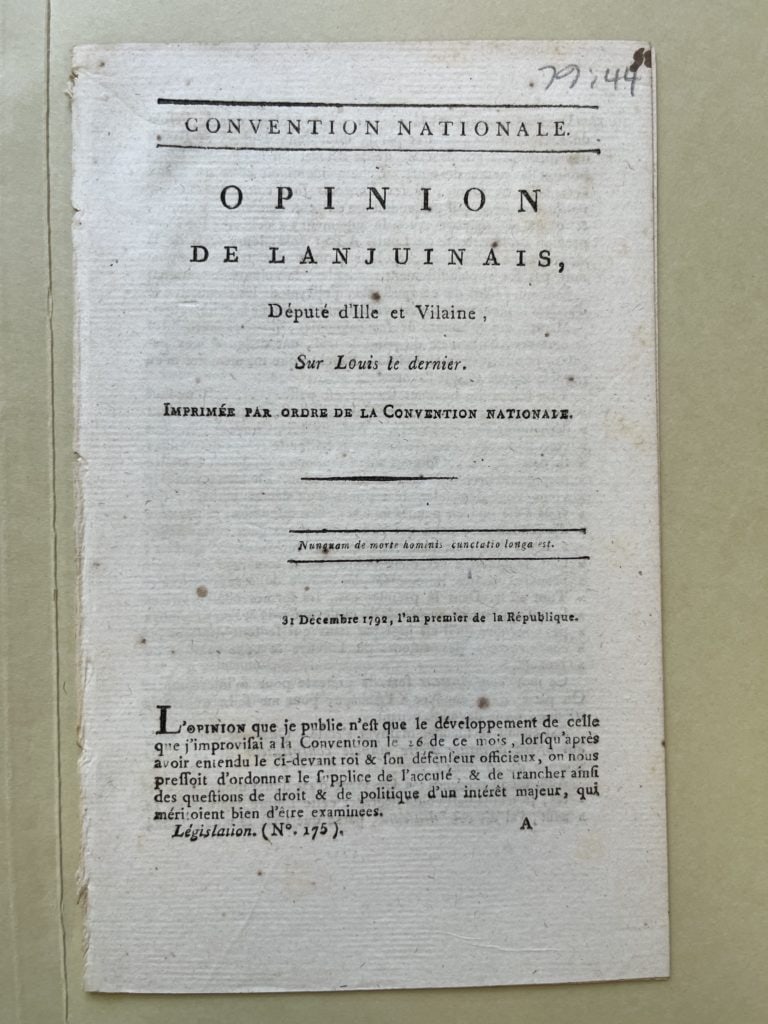
Louis Capet
Referring to royalty with a common first and last name was a slight, implying that their status was reduced to be equal with everyone else’s. This last name did come from Louis’ family history. Louis was part of the Bourbon dynasty, which derived from the Capetian dynasty. The Capetian dynasty was founded by Hugues Capet (c. 940-996 ᴄ.ᴇ.). There isn’t consensus on how Hugues Capet got his last name. The heraldist Hervé Pinoteau is credited with finding the first use of Capet as a dynasty name in the writings of Ralph de Diceto, from about 200 years after Hugues Capet’s death, with Capet possibly deriving from the “cappa” (a kind of cape) of St Martin of Tours. Other theories derive Capet from words meaning small head, stubborn, or to torment/harass.

Louis le traître [Louis the Traitor]
A few years before his trial and execution, Louis was widely seen as a father to his people, divinely ordained, and even a protector of the common people against the aristocracy. His resistance to the Revolution and attempt to flee to Austria in 1791 to raise an army to restore his throne to its former power turned the people against him. His fall from “long live the king” to the guillotine was hard, fast, and avertable.
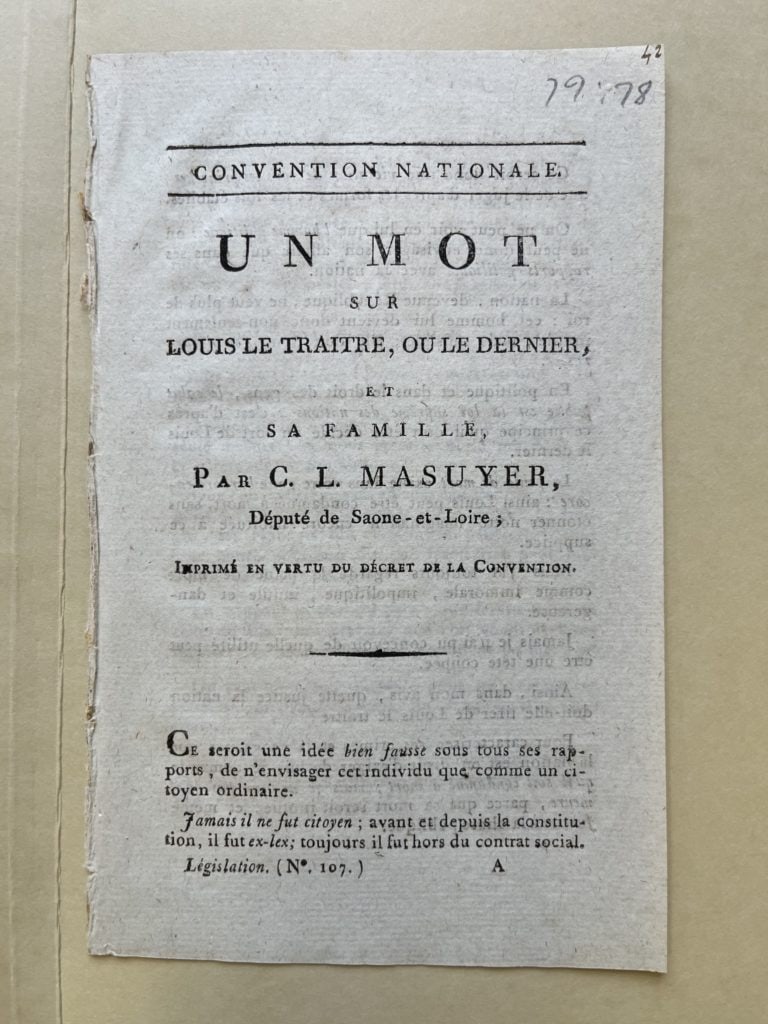
dernier roi [last king]
This name is reaching for what “Louis le dernier” achieved in condemning Louis to be the last king. However, it isn’t quite as striking. The lack of his first name, Louis, makes the title feel impersonal, and it was already untrue since there were kings alive and kicking in other countries.

Capet
A man in this time would often be referred to by only his last name. So, like Louis Capet, this name is intended to lower his status. It strips him of his first name, which had been used by French kings for centuries and was what people knew him as. However, I’m docking a few points for a lack of specificity.
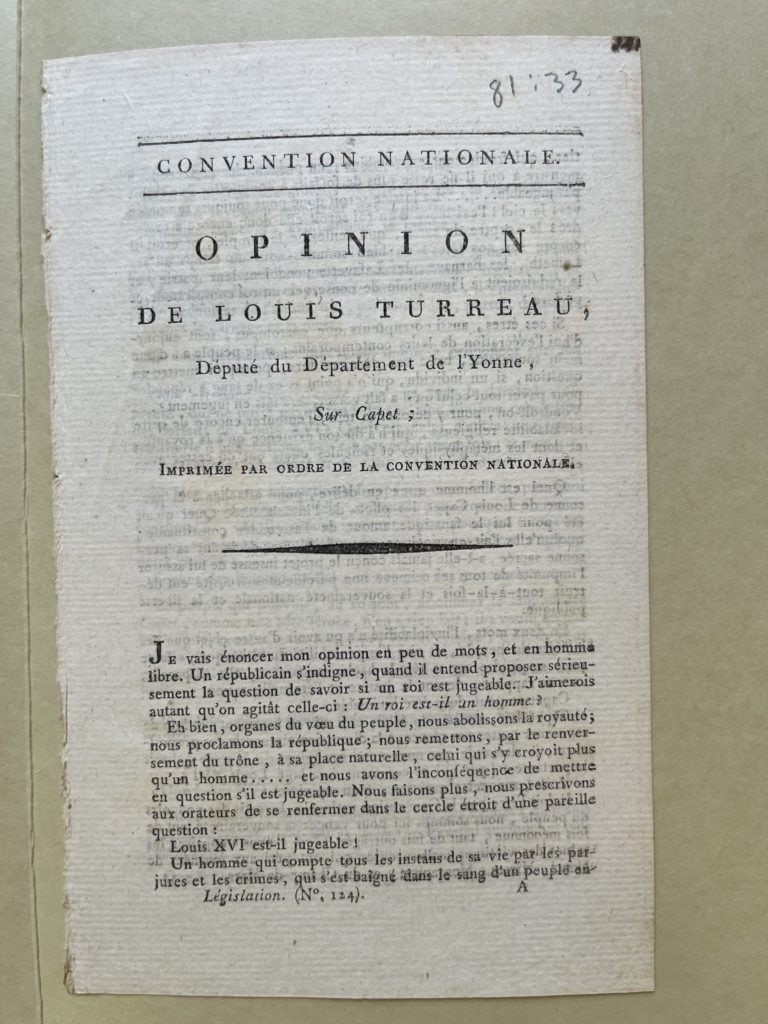
le ci-devant roi [The former King]
This one does its duty. It’s specific enough that we all know who we are talking about. No frills, no nonsense.
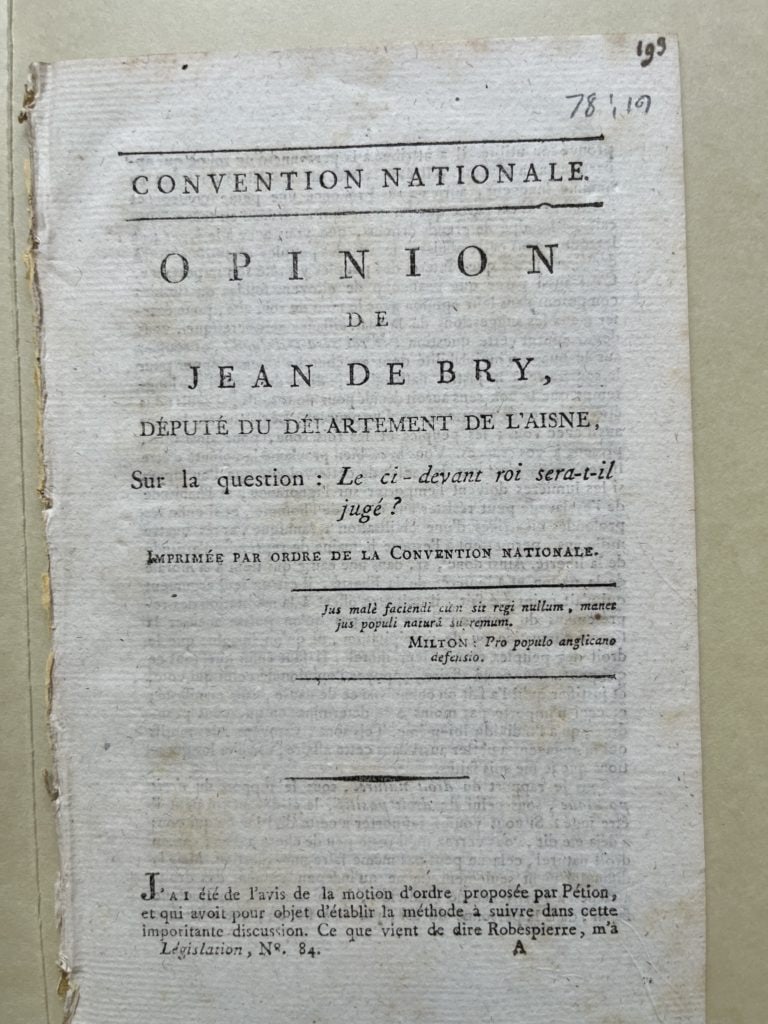
Louis XVI
A classic. This is Louis’s royal title. But as much as it is classic, it is also basic. This is a counter-revolutionary and a former monarch at that. Show some disrespect!

Roi [king]
This isn’t a terribly specific nickname. Which king? There were many other countries that had kings at the time after all. Besides, doesn’t this imply that Louis is still the rightful king? A virtuous revolutionary would never endorse the existence of a king, even in a nickname.
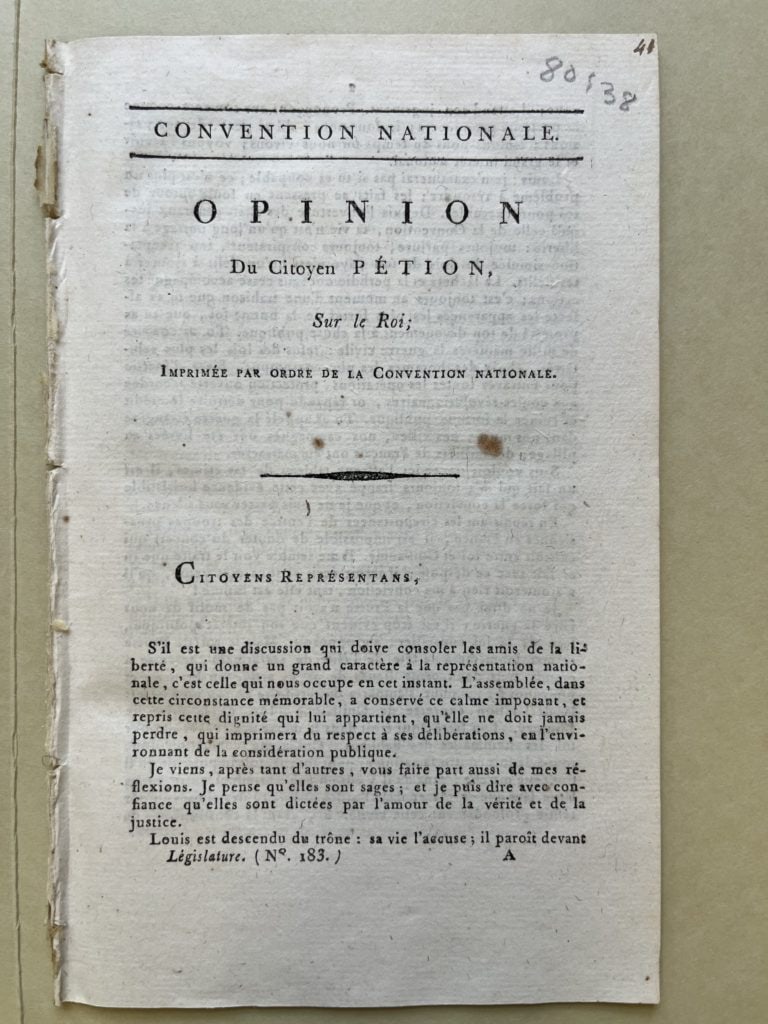
Louis
And if there were other kings, there were certainly other people named Louis. The briefest glance at members of the National Convention, the body putting Louis on trial, gives us Louis Portiez, Louis-Antoine Saint-Just, Louis Turreau, Louis Louchet, and Louis-Marie Réveillère-Lepaux, the very man who wrote the pamphlet calling the former king just plain Louis. Calling him just Louis is so basic, not to mention a logistical nightmare. Seriously, there were so many French men named Louis from 1792 to 1793! While we’re on the topic of his given name, Louis means famous in battle or loot bringer, and is derived from Old German.
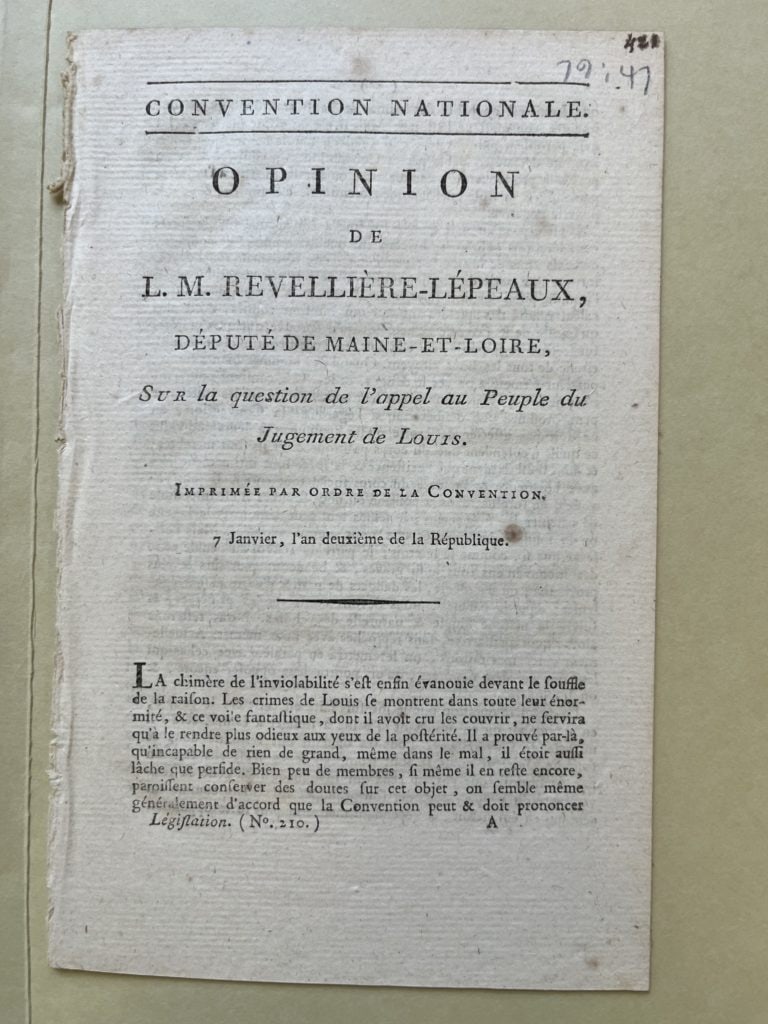
Louis Hugues
This is a full name just like the names of normal plebeians. It is the same idea as calling him Louis Capet. Perhaps the name Hugues was derived from the same ancestor, Hugues Capet. But it wasn’t as popular because the people were already using Louis Capet. When I hear the name Louis Hugues, I think, “Louis Who?”
